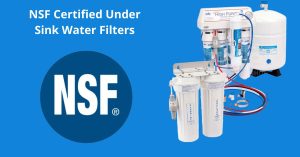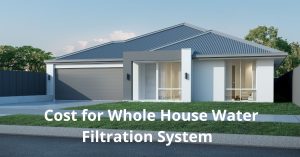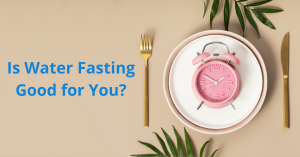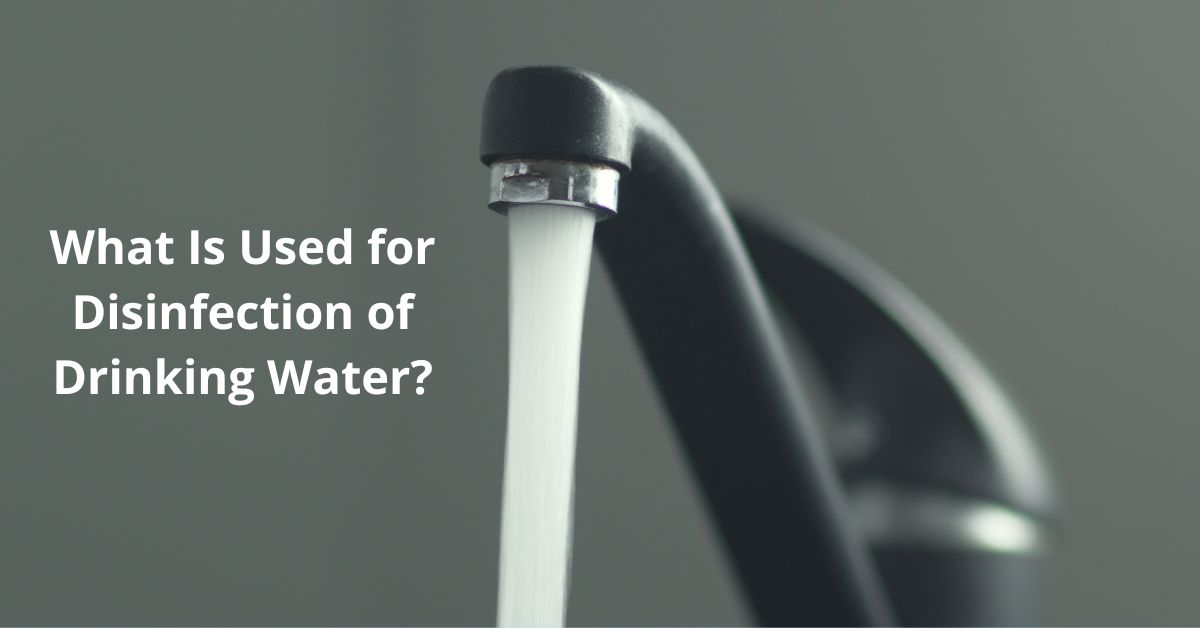
What Is Used for Disinfection of Drinking Water?
As a mum, I’ve always been mindful of what goes into my family’s bodies, from the food we eat to the water we drink. When my son was born, I started looking more closely at what was actually in our tap water, and that’s what led me into the water filtration industry. What I’ve learned over the years has completely changed the way I look at water.
Many people assume that if water comes out of the tap, it must be perfectly safe. But the truth is, while our tap water in Australia is disinfected to make it microbiologically safe, it can still contain chemicals that aren’t ideal for our long-term health.
How Is Our Water Disinfected?
Across Australia, water authorities add disinfectants to kill harmful microorganisms that can cause diseases. The most common one used worldwide is chlorine. It’s effective, inexpensive, and provides ongoing protection as water travels through kilometres of pipes to our homes.
However, not every Australian city uses the same disinfectant. In fact, Sydney, Brisbane, and Melbourne now use chloramine, a combination of chlorine and ammonia. Chloramine is more stable than chlorine, meaning it lasts longer in the water supply, which is useful for large cities with long distribution systems.
While both chlorine and chloramine play a crucial role in preventing waterborne illnesses, they also come with a few downsides that are worth understanding, especially if you’re conscious about your family’s health like I am.
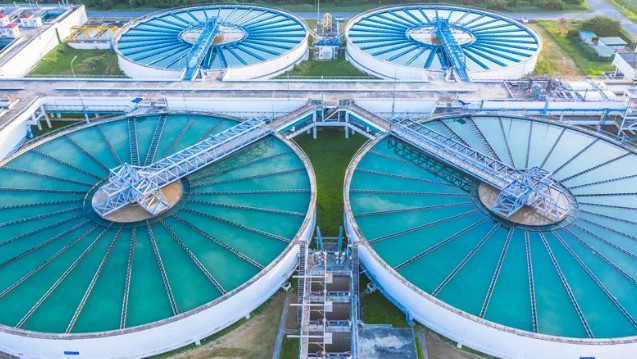
Chlorine Disinfection Byproducts — What You Should Know
When chlorine reacts with naturally occurring organic matter (like decaying leaves or other materials in the source water), it forms Chlorine Disinfection Byproducts (DBPs), including substances such as trihalomethanes (THMs) and haloacetic acids (HAAs).
These byproducts are present in very small amounts, but research has linked long-term exposure to potential health risks, including effects on the liver, kidneys, and even an increased risk of certain cancers.
Chlorine can also affect the taste and smell of tap water, that strong “pool-like” odour many of us notice. Chloramine tends to have less of a smell, but it’s harder to remove and can still cause dry skin, irritation, or other sensitivities.
For me, it’s not just about taste or smell — it’s about reducing the chemical load on our bodies as much as possible. That’s why having a water filter system for home has become a non-negotiable part of how we live.
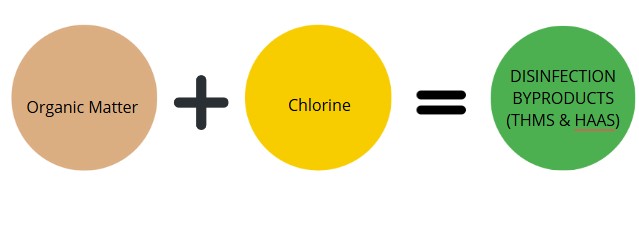
What Is the Best Filter to Remove Chlorine from Water?
When customers ask me this question, my answer always depends on what’s in their local water supply and what they’re hoping to achieve. There’s no one-size-fits-all solution, but here are the main options that I recommend:
1. Activated Carbon Filters
These are fantastic for removing chlorine, VOCs, and improving the taste and odour of water. The carbon works by adsorbing the chlorine molecules as water passes through. If your local water supply uses chlorine (not chloramine), a good carbon filter is often all you need for great-tasting, cleaner water.
2. Catalytic Carbon Filters
If you live in a city like Sydney, Brisbane, or Melbourne — where chloramine is used — you’ll need something stronger. Catalytic carbon is a modified type of carbon that’s more effective at breaking down chloramine and removing disinfection byproducts.
3. Reverse Osmosis Water Filtration
For the most thorough purification, reverse osmosis water filtration is hard to beat. These systems use multiple stages — sediment, carbon, and a fine membrane — to remove up to 99% of contaminants, including chlorine, fluoride, PFAS, heavy metals, and microplastics.
A filtration system under sink is a great choice for families who want clean water straight from a dedicated tap, without taking up bench space. It’s convenient, reliable, and gives you peace of mind every time you fill a glass or cook a meal.
If you want to go one step further and protect your entire home, a House Water Filter System is ideal. It removes sediment, chlorine, chloramine, and other contaminants before the water even reaches your taps, shower, or washing machine, meaning you can enjoy cleaner water for bathing, cooking, and even laundry. It’s especially helpful for families with sensitive skin or anyone wanting to reduce exposure to chemicals or limescale in everyday life.
Why I Believe Multi-Stage Filtration Is the Best Choice
After testing many systems over the years, both for my own family and through my business, I’ve found that the best results come from multi-stage filtration. Each stage has a specific role:
- Sediment filters trap dirt, rust, and debris.
- Carbon or catalytic carbon filters remove chlorine, chloramine, and their byproducts.
- RO membranes filter out even the tiniest particles and dissolved solids.
Together, they provide complete protection and noticeably better-tasting water. And when I see my son fill his drink glass from our filtered tap, I feel good knowing that what he’s drinking is clean and free from unnecessary chemicals.
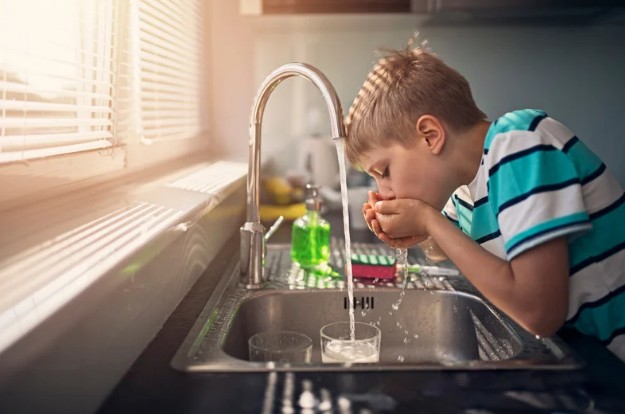
A Simple Way to Protect Your Family
As a mum, I know how many things we already juggle: meals, work, school, and trying to keep everyone healthy. Filtering our water is one small change that makes a big difference. Whether you choose a simple carbon filter or a home filtration system, investing in a water filter system for home is one of the best things you can do for your family’s wellbeing.
Clean water should be a basic necessity, not a luxury. Once you’ve experienced the difference filtered water makes, in taste, health, and peace of mind, it’s hard to go back.

